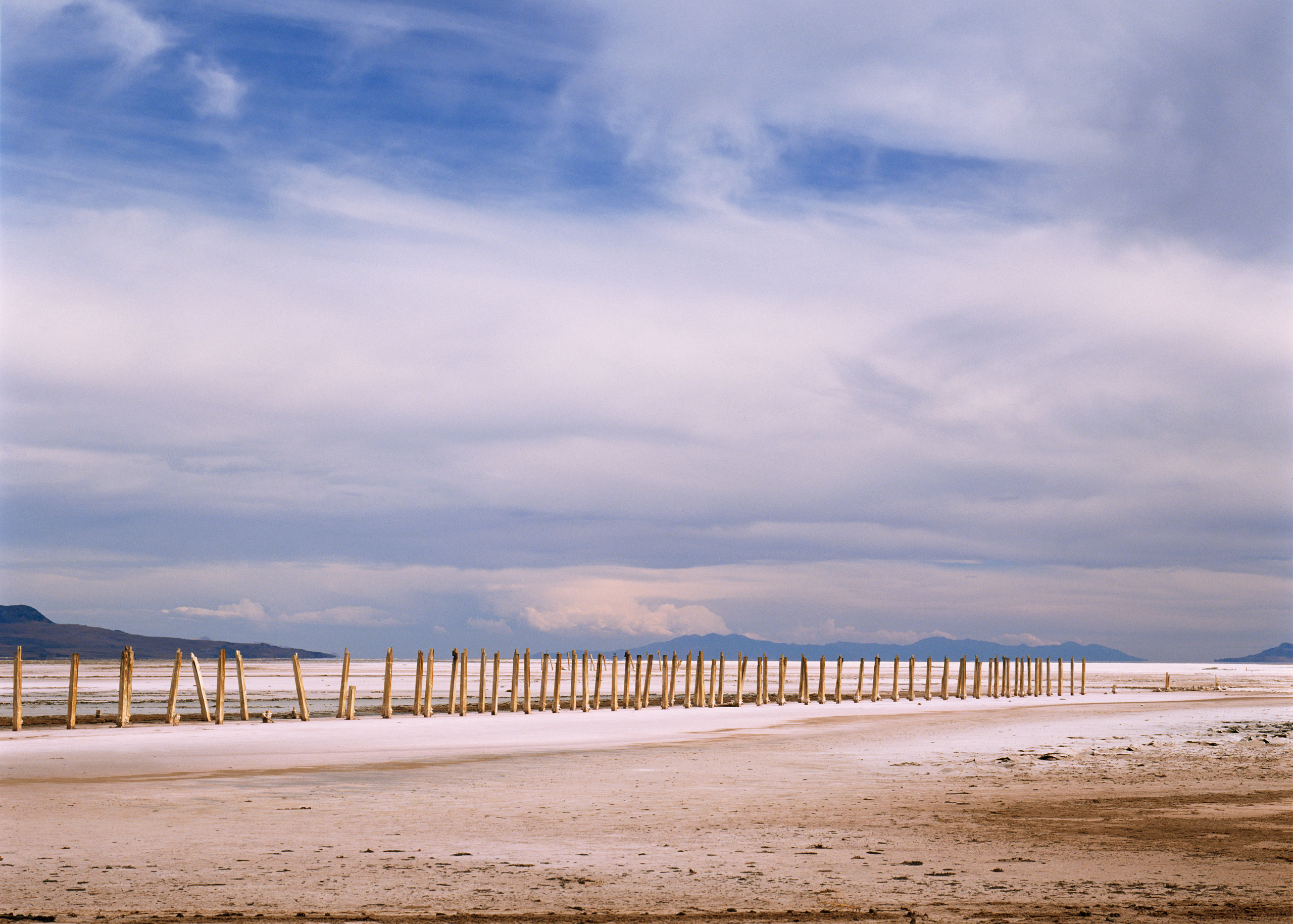
Archival Pigment Print | 48 by 67 inches, edition of 6 + 2AP | 30 by 42 inches, edition of 6 + 2AP
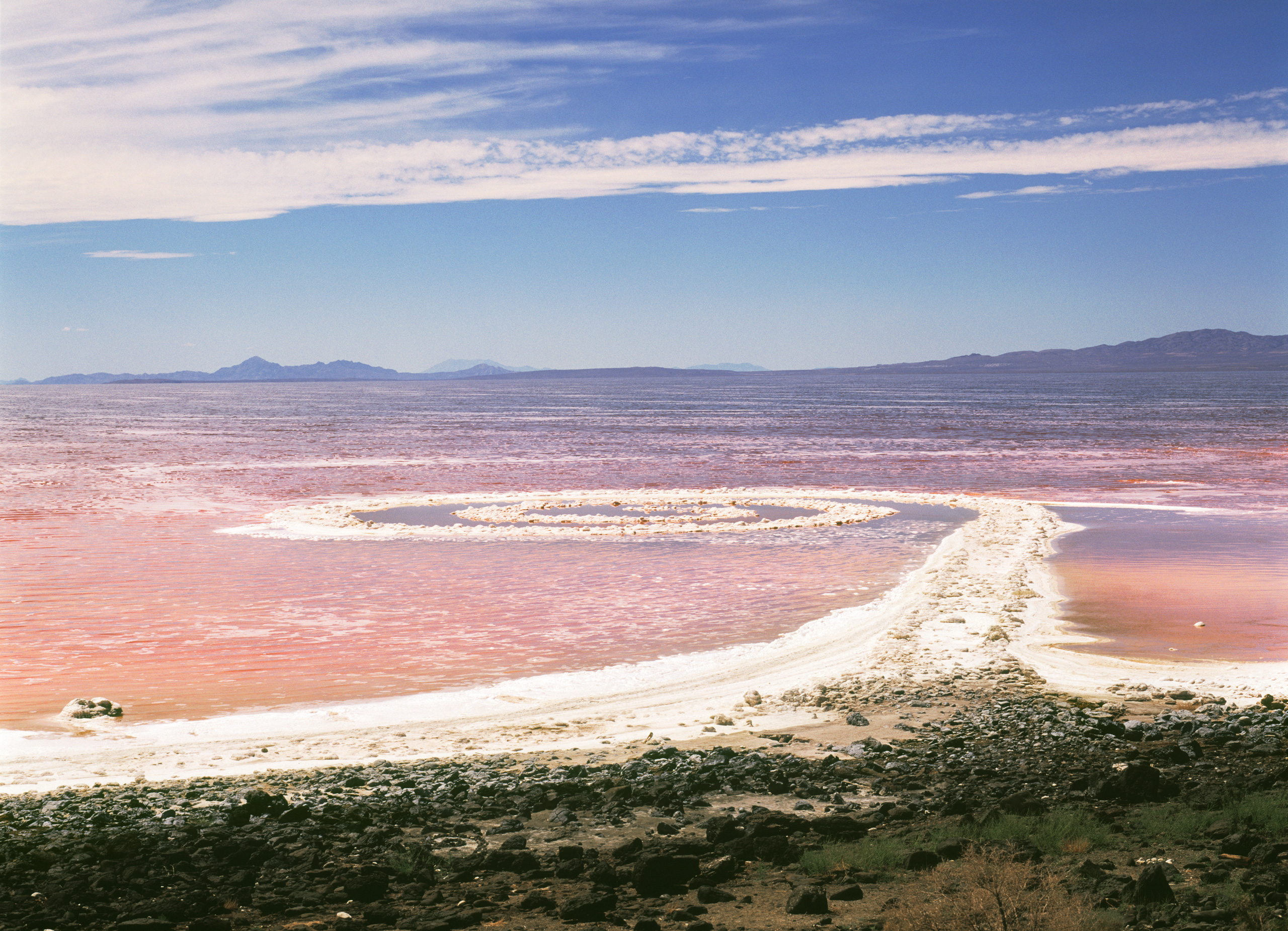
Archival Pigment Print | 48 by 67 inches, edition of 6 + 2AP | 30 by 42 inches, edition of 6 + 2AP

Archival Pigment Print | 48 by 67 inches, edition of 6 + 2AP | 30 by 42 inches, edition of 6 + 2AP
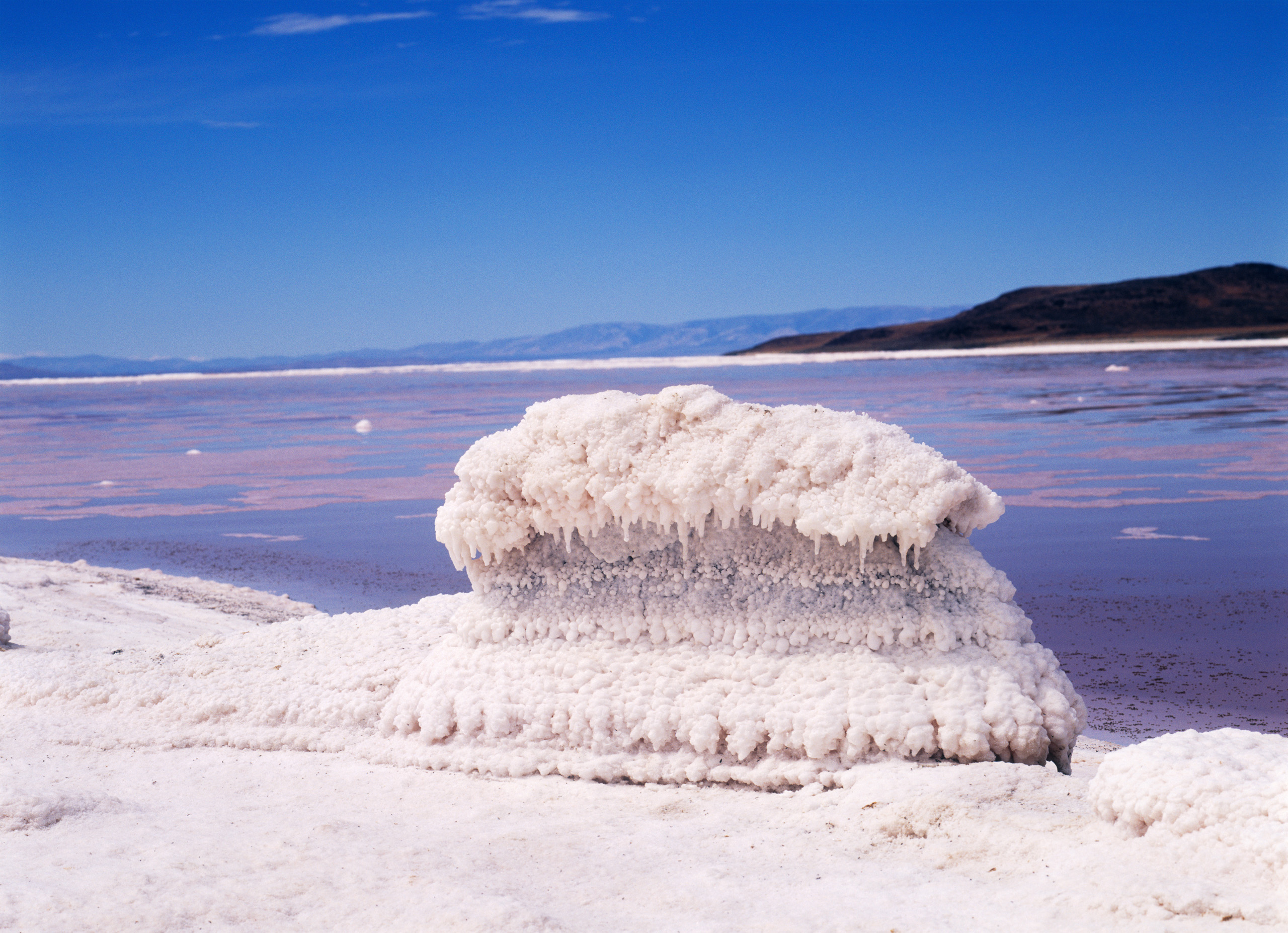
Archival Pigment Print | 48 by 67 inches, edition of 6 + 2AP | 30 by 42 inches, edition of 6 + 2AP
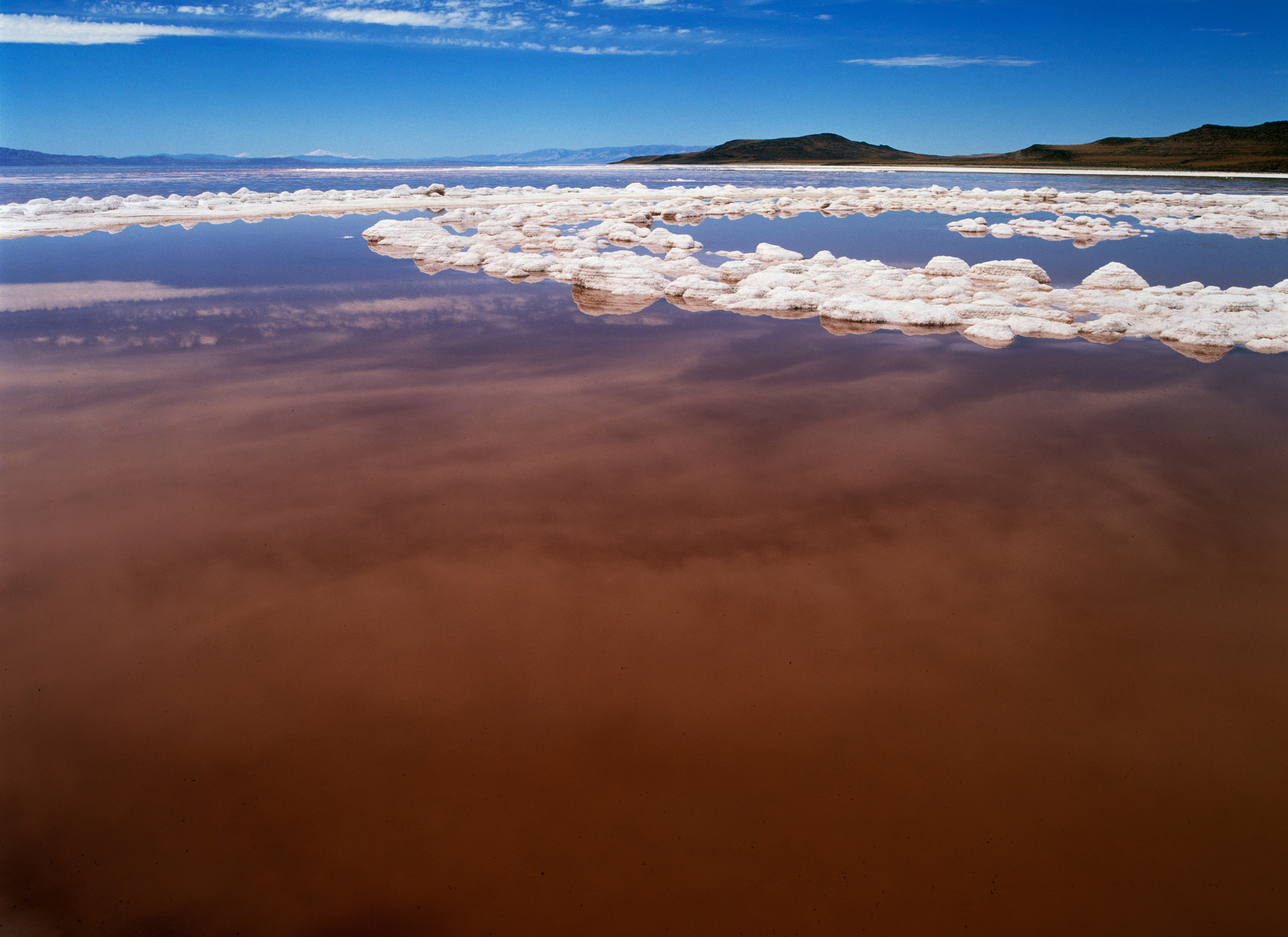
Archival Pigment Print | 48 by 67 inches, edition of 6 + 2AP | 30 by 42 inches, edition of 6 + 2AP
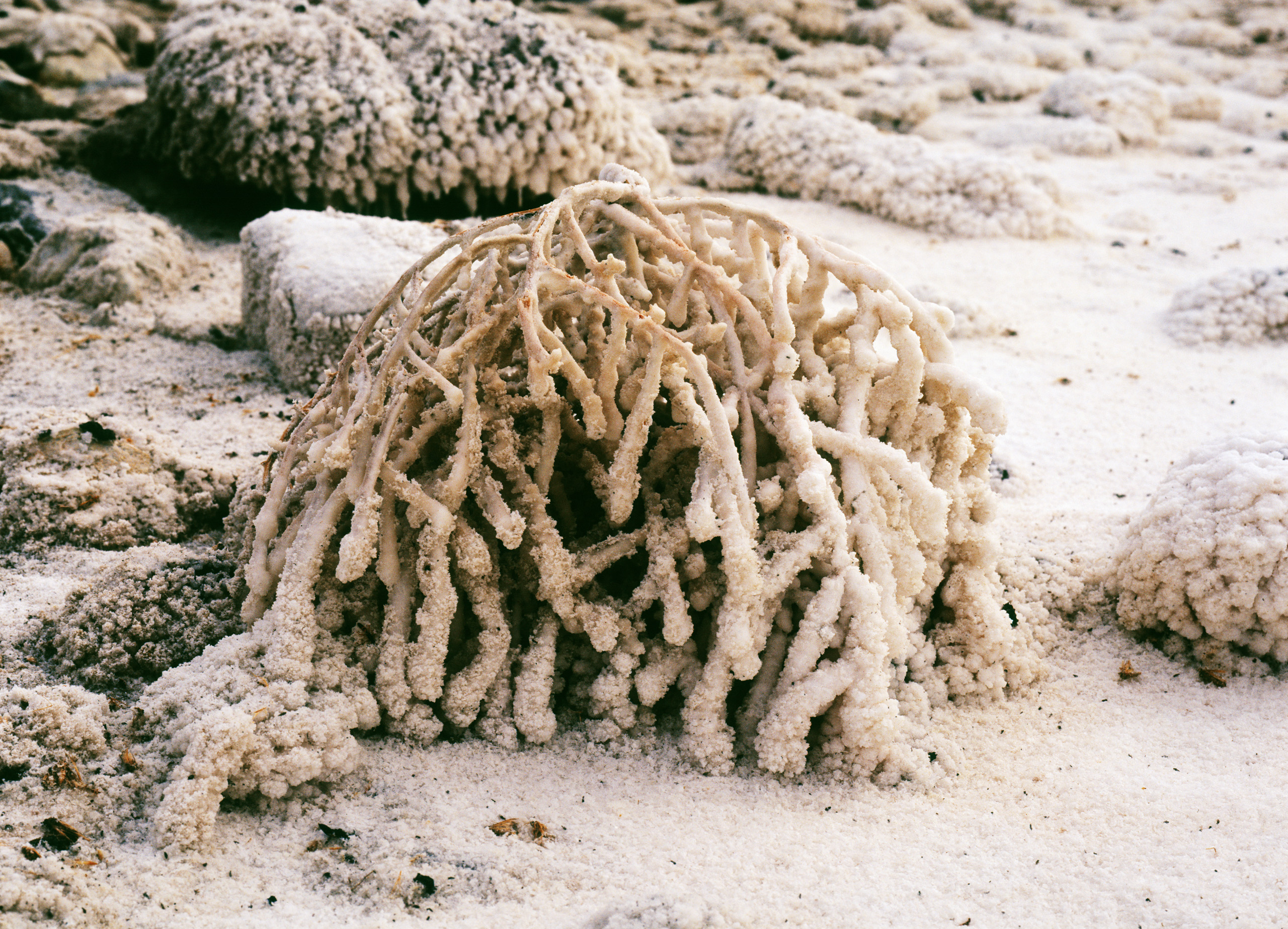
Archival Pigment Print | 48 by 67 inches, edition of 6 + 2AP | 30 by 42 inches, edition of 6 + 2AP

Archival Pigment Print | 48 by 67 inches, edition of 6 + 2AP | 30 by 42 inches, edition of 6 + 2AP
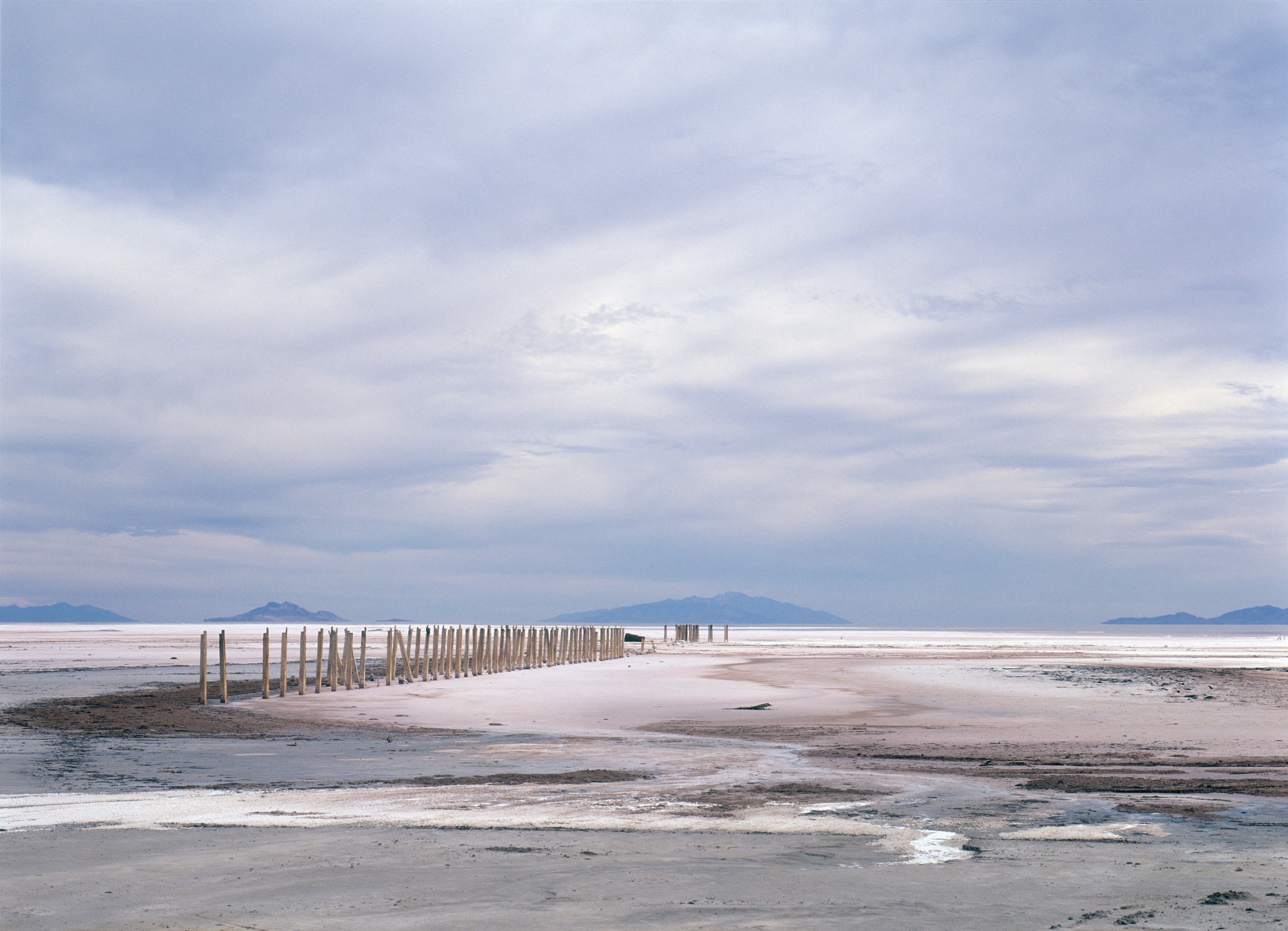
Archival Pigment Print | 48 by 67 inches, edition of 6 + 2AP | 30 by 42 inches, edition of 6 + 2AP

Archival Pigment Print | 48 by 67 inches, edition of 6 + 2AP | 30 by 42 inches, edition of 6 + 2AP
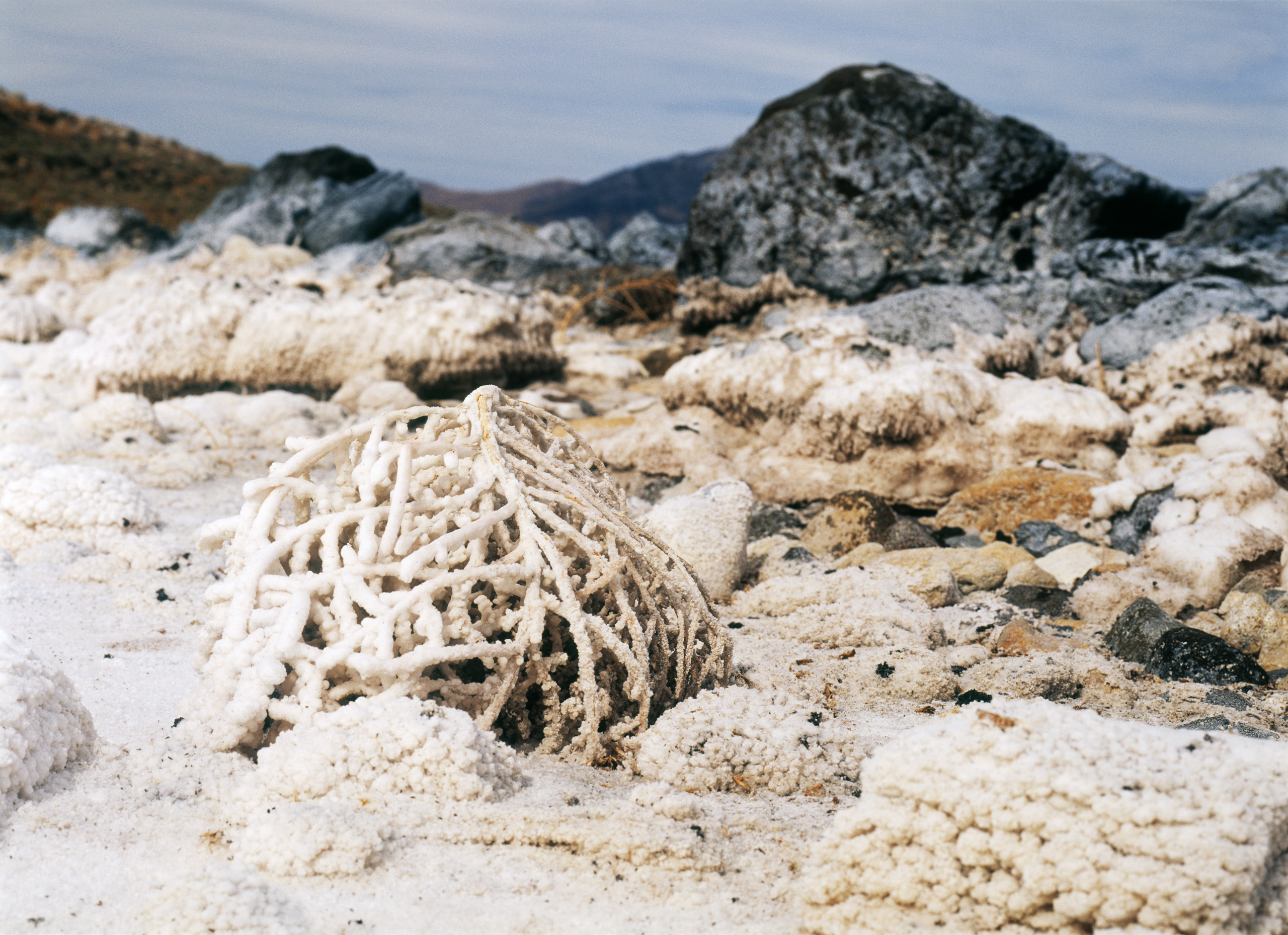
Archival Pigment Print | 48 by 67 inches, edition of 6 + 2AP | 30 by 42 inches, edition of 6 + 2AP
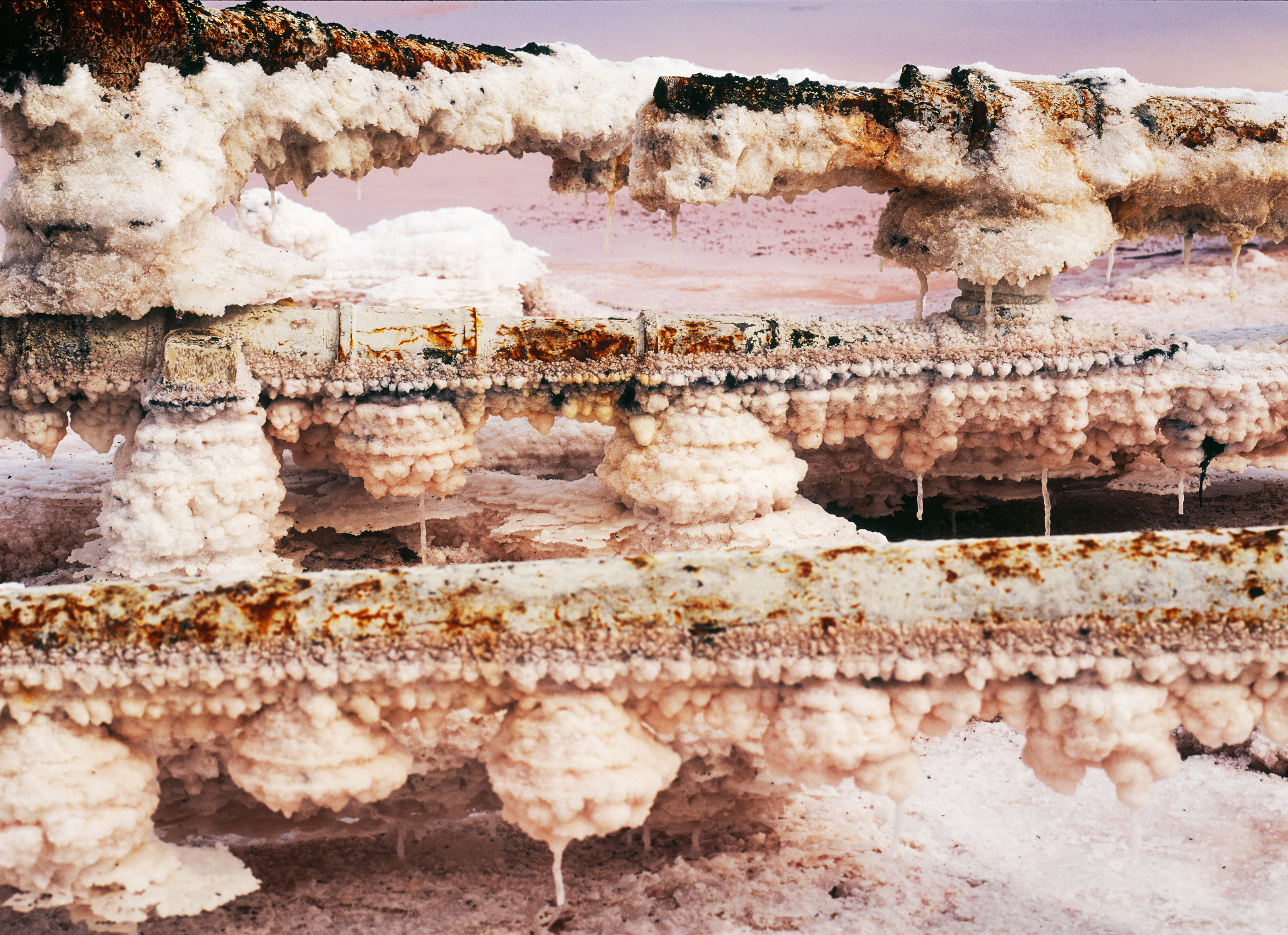
Archival Pigment Print | 48 by 67 inches, edition of 6 + 2AP | 30 by 42 inches, edition of 6 + 2AP
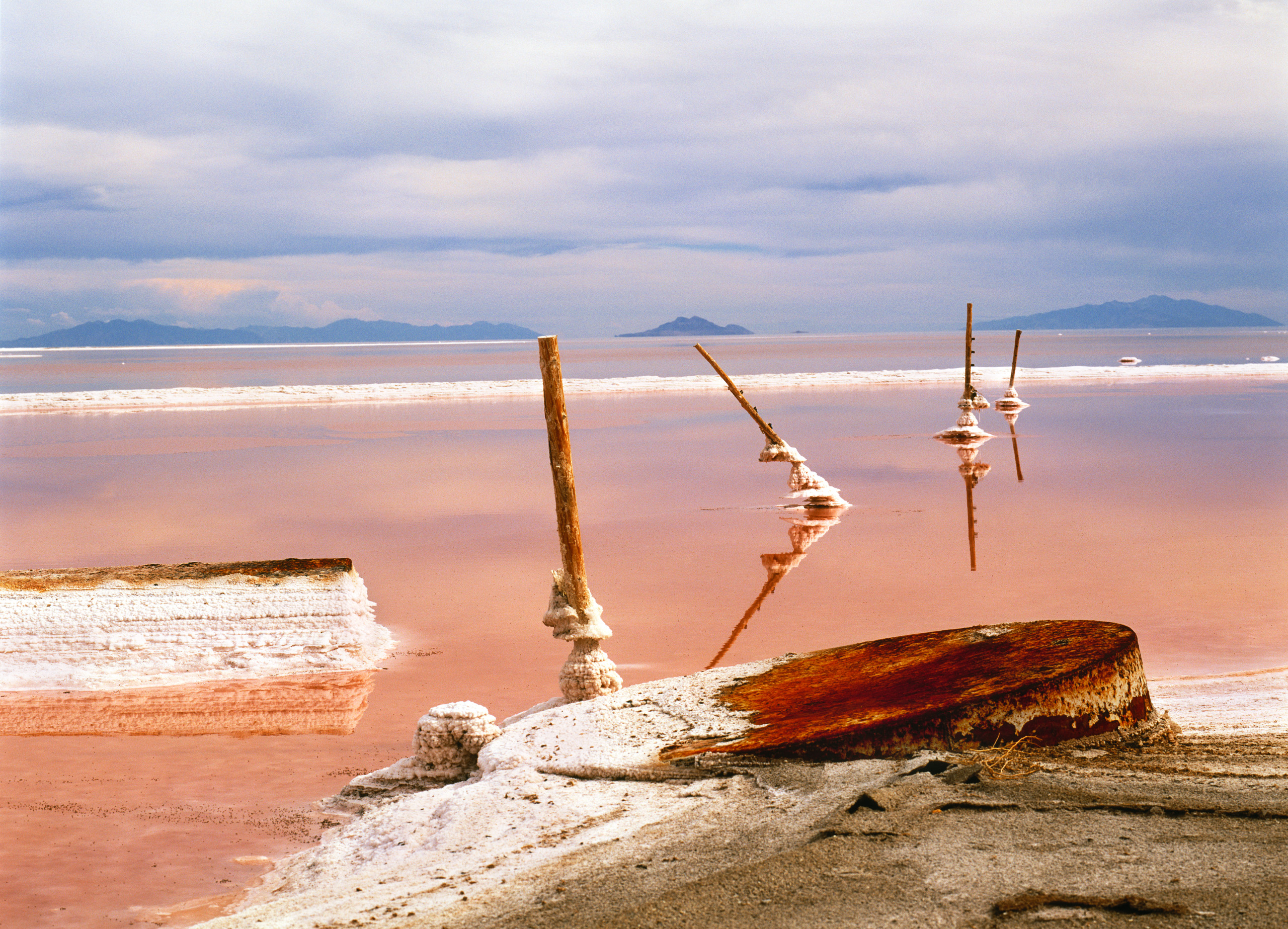
Archival Pigment Print | 48 by 67 inches, edition of 6 + 2AP | 30 by 42 inches, edition of 6 + 2AP
Few other lakes rival Utah’s Great Salt Lake in size and significance — it is the largest saline lake in the United States and the eighth largest in the world. However, drought conditions caused by climate change and development have caused the Lake to decrease in scale by more than two-thirds in the past forty years, and it is approaching an environmental doom spiral. The surface area of the Lake has declined from 3,330 square miles (8,500 square kilometers) in 1980 to a record-low 950 square miles (2,460 square kilometers) in 2021.
As more of the dry lakebed— which contains high levels of arsenic, dioxins, mercury, PCBs, and other toxins — is exposed, the surrounding atmosphere will become poisoned by airborne dust emanating from the playa. This threat will directly impact the 1.2 million residents of Salt Lake City and more than a million others living in the area, as well as some ten million migratory birds that rely on the Great Salt Lake.
The images I made around the periphery of the Great Salt Lake from 2003-2006 reveal an environment on the verge of vanishing. A measure of the Lake’s disappearance can be gauged by Robert Smithson’s seminal artwork Spiral Jetty, which was constructed on the shoreline of the Lake in 1970. In its current drought condition, the water levels in the Lake have receded hundreds of feet from the artwork, leaving it completely exposed.
As Terry Tempest Williams has written: “On any given day, dust devils are whipping up a storm in these hot spots, blowing mercury- and arsenic-laced winds through the Wasatch Front, where 2.6 million people dwell, with Salt Lake City at its center. Arsenic levels in the lakebed are already far higher than the Environmental Protection Agency’s recommendation for safety. And with the state’s population projected to increase to 5.5 million people by 2060, the urgency to reverse the lake’s retreat will only grow.”
The entropic conditions of human-induced climate change and drought are tipping the region into an apocalyptic, desiccated dead zone. Time is of the essence: a recent report from Brigham Young University warned that if emergency measures are not enacted immediately, the Great Salt Lake will disappear in five years.